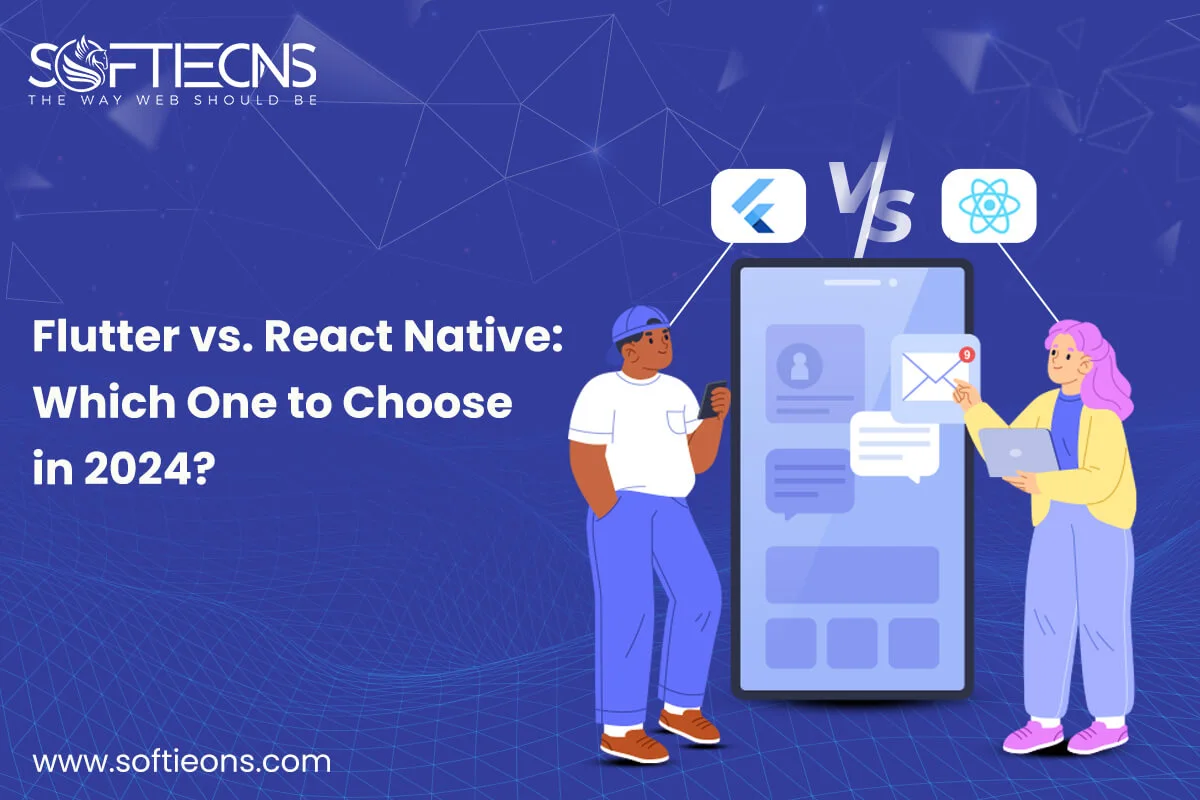ReactJS and React Native
Fri, 24 Dec 2021
React Js and React Native are two technologies that
are very comparable. However, there are certain distinctions to be aware of
before embarking on the development of one's first native app or website.
Today, we'll go over what React Js and React Native
are, as well as the primary distinctions between the two.
To learn more, continue reading.
What
is React JS and how does it work?
React Js is an open-source, component-based front-end
development library. It's generally used to create single-page apps' user
interfaces.
JavaScript, on the other hand, is a text-based
programming language that is used to create interactive, dynamic, and scalable
web pages and web applications in web development. It is in charge of including
interactive components such as movies, animations, graphics, and more on web
pages.
What
is React Native, and how does it work?
Facebook produced React Native, which is an
open-source mobile application framework. So, in a nutshell, it enables web
developers to create effective mobile applications utilizing their existing
JavaScript skills.
React Native allows developers to use both their
native platform and the React framework features to create apps for iOS, Web,
UWP, macOS, Android, TvOS, and Android TV.
React
Native's Benefits
The following are some of the benefits of using
React native:
1.
It can be utilized on a variety of platforms.
One of the most appealing features of React Native
is that it only requires a single learning curve and can be created anywhere.
Both Android and iOS devices are supported.
2.
It is simple to create apps.
If you know JavaScript, you can quickly create native
mobile apps.
3.
Provides the best possible results
With the support of native modules and control,
React Native excels at boosting performance.
4.
Development is more rapid.
Development takes less time than with other
programming languages because of the pre-developed components available in
the open-source library.
5.
Reloading on the fly
During the development of your project, you may see
the changes that are being made to the code. Developers can also pick and
choose specific components, inspecting and editing their existing state and
props.
A large developer community
React JavaScript and React Native has a huge
developer community, making it easy for developers to discover answers to any
issues they may have about the code.
Benefits
of React JS
The following are some of the benefits of React JS:
It's
a lot easier to understand and use.
The fact that ReactJs is simple to learn and use is
one of the key reasons why so many developers enjoy working with it. Any
developer with a JavaScript background will have no trouble understanding it.
It's
a lot easier to make dynamic web applications now.
Working with React JS is easier, and because less
coding is necessary, it is feasible to construct dynamic web applications much
faster. Creating dynamic web apps with HTML, on the other hand, is far more
challenging because it requires complicated coding.
It
is a widely spoken and adult language.
React Js isn't going away anytime soon. It's a
mature and reliable technology, and its popularity is only anticipated to grow
in the next years.
Provides
support in the form of useful tools.
Its support for a useful collection of tools makes
the development process simple and straightforward for developers.
React
Native's drawbacks
The following are some of React Native's drawbacks:
For newcomers, learning might be challenging.
You may find it challenging to master the language
from scratch if you are new to the app development area.
Improvements
in security robustness are required.
Because it's an open-source framework and a
JavaScript library, it's not the most secure option. Experts also warn against
using React Native for designing financial and banking apps.
Debugging
is difficult.
Because React Native is written in JavaScript, C / C
++, Java, and Objective-C, it's more difficult for developers to debug faults,
which may necessitate knowledge of the platform's native language.
Android
support is poor.
React Native initially only supported the iOS
platform. Android support was added subsequently, but only in subsequent
versions. One of the main reasons React Native is associated with poor Android
support is this.
Read on to learn about the drawbacks of React Js and
React Native.
React
JS's drawbacks
The
following are some of React Js' drawbacks:
Development
at a Breakneck Speed
This is both a good and a negative thing. Because
React is still a relatively new language, it is rapidly evolving. As a result,
new features are being sent out at a rapid speed, making it tough for
developers to keep up with the latest additions.
It
Only Addresses the MVC Model's View Section.
Due to the fact that ReactJS only covers the app's
UI Layers and nothing else, developers must rely on other technologies as well.
Some developers, however, see this as a benefit because it provides complete
independence.
Inadequate
documentation
The React documentation is inadequate because React
JS is continuously changing and the library is routinely updated.
Conclusion
Each development technology has its own set of
advantages and disadvantages, and React Native and React Native is no
exception.
Choosing between React Native and React Js is a
question that requires you to consider the benefits and drawbacks of both
technologies in order to come up with the best solution for you.
POPULAR POSTS
Shopify vs. WordPress: Which one is best for e-commerce?
Wed, 07 Apr 2021Role of IoT in the Real Estate Industry
Wed, 14 Apr 2021Why UX And UI Is Important For Mobile Application Development
Sat, 01 May 2021Telemedicine's Advantages in Nursing Homes
Fri, 24 Dec 2021RECENT POSTS
Flutter vs. React Native: Which One to Choose in 2024?
Mon, 22 Apr 2024Exploring the Benefits of Professional Website Design Companies
Fri, 29 Mar 2024Understanding The Role Of Web Design Firms
Fri, 22 Mar 20245 Benefits Of Using Angular For Your Web Development
Tue, 05 Mar 2024









